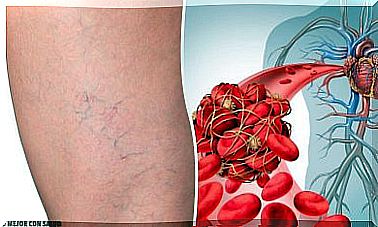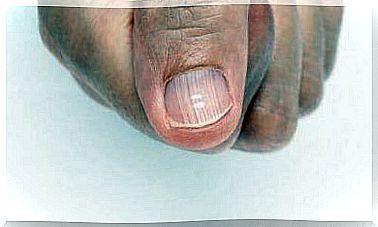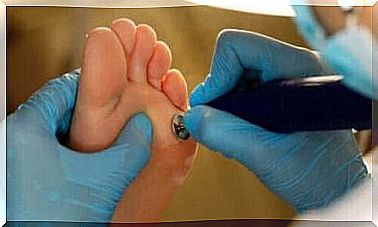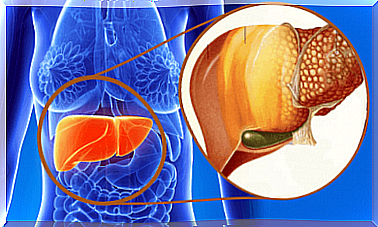6 Steps To Treat An Infected Wound

How many times have you faced an injury and didn’t know what to do? In this article, we’ll tell you everything you need to know to treat an infected wound or other types of wounds.
Distraction, haste and fatigue are often the cause of minor accidents inside and outside the home. It is very common that when you sustain an injury, the wound becomes infected.
If you don’t treat it, it can have negative health consequences. It is important to treat these infected wounds as soon as possible.
What are the risk factors for infection?
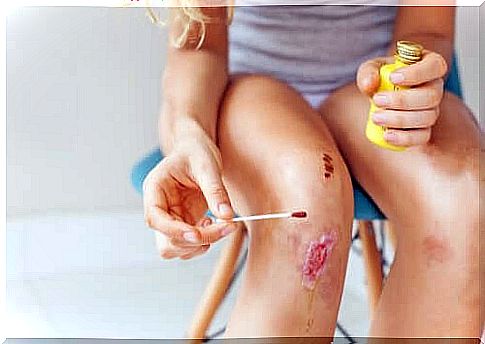
If you do not clean the wound quickly after an injury, there is a greater risk of infection. A wound is more likely to become infected if these:
- Not cleaned or treated within 8 hours.
- The result is an injury from, for example, a nail or broken glass.
- Contains dirt or saliva.
- Comes from a bite from a human or animal.
- It takes a long time to heal.
- In someone with diabetes, alcoholism or a compromised immune system.
How do you know if the wound is infected?
If you’re not sure if you have an infected wound, keep the following signs in mind for yourself and the wound. Watch out for these signs :
- fever or warmth around the wound, accompanied by persistent redness of the area, swelling at the edges and tenderness.
- Persistent pain even with gentle movements. In extreme cases, you may have a sharp or stabbing pain.
- pus formation.
- Absence of signs of scarring.
- Bad smell and appearance.
If you notice these symptoms then you can be sure that the area is infected by bacteria (Spanish link) and then you need to treat it very gently before it gets worse.
Steps to Treat an Infected Wound
Step 1
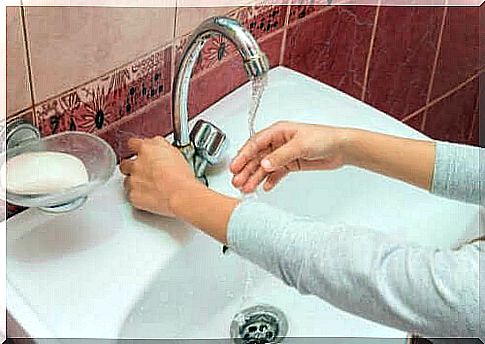
First you need to clean the wound with soap and water. It is normal for it to be sore and itchy due to an infection. This serves to remove all the dirt and blood that is stuck to it.
You should clean the wound with a gauze, because using cotton can leave traces of fibres. It’s even worth using a good over-the-counter disinfectant.
Step 2
Ideally, cover the open wound with a sterile dressing. To do this, wash your hands thoroughly to prevent the infection from getting worse. If the area has blisters or pus, it is best not to remove them to prevent the infection from spreading.
Step 3 to treat an infected wound
You should check the wound regularly to make sure it is healing properly. Natural products such as aloe vera can help heal the wound and clear the infection. This is due to the restorative and healing properties of this plant.
Step 4
If a significant number of days pass and you do not see any improvement, then you should see a doctor, as it could be a more complicated infection and you will need an antibiotic that your doctor should prescribe to avoid risks with self-medication.
Step 5
Examine the wound carefully to see if it looks red and if the area is warm and swollen. If it not only hurts but is also warm and swollen, then it is clearly an infection.
Step 6 to treat an infected wound
Check your body temperature with a thermometer under your armpit. If your temperature is higher than normal, this could indicate a serious infection, so we recommend that you see your doctor immediately.
How to prevent infection in wounds
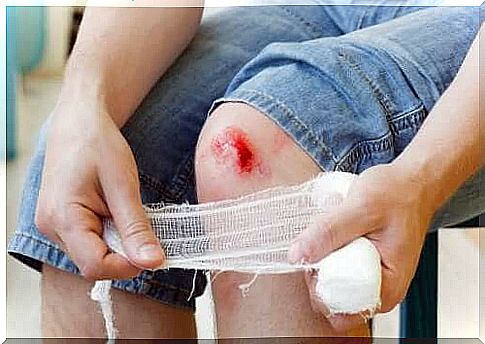
The faster you act, the less likely the wound will become infected. Ideally, if you have a wound, you should take immediate action so it doesn’t become infected.
It is best to thoroughly clean the area with a saline solution to eliminate bacteria. You should then cover the wound with a gauze and apply a disinfectant daily. That way, the skin will heal within a few days.
How are infections treated?
Treatment likely depends on the type of infection and its severity. Your doctor may prescribe oral antibiotics to fight bacteria. You can also rinse the wound with an antibiotic solution or apply an antibiotic ointment (Spanish link).
If a buildup of pus (abscess) forms, a doctor will open it to let the fluid out. If the infection is very severe, you may need hospital care.
Now that you know how to heal an infected wound, it’s time to put it into practice when the time comes. However, remember: if in doubt, seek help from a doctor.



